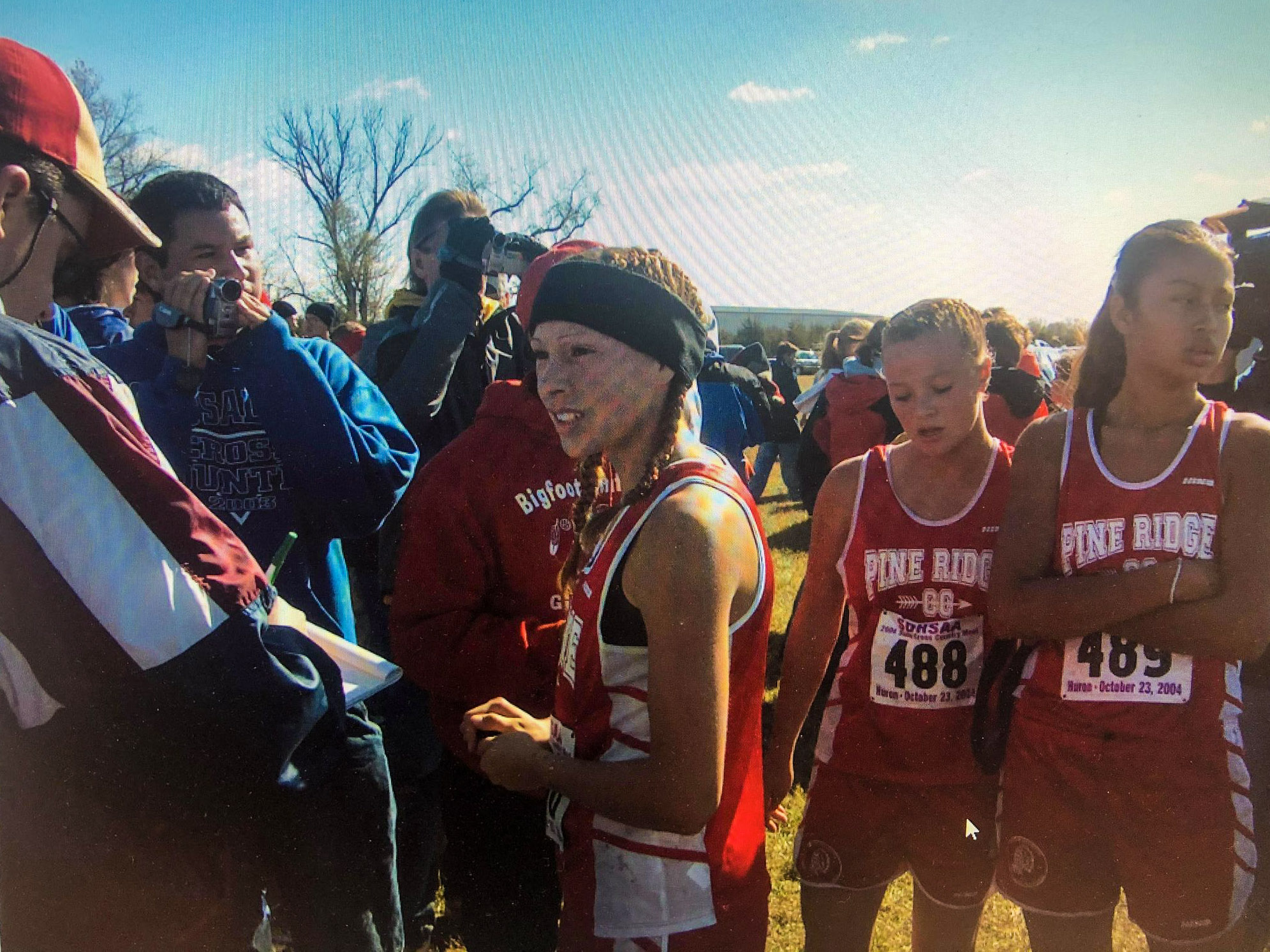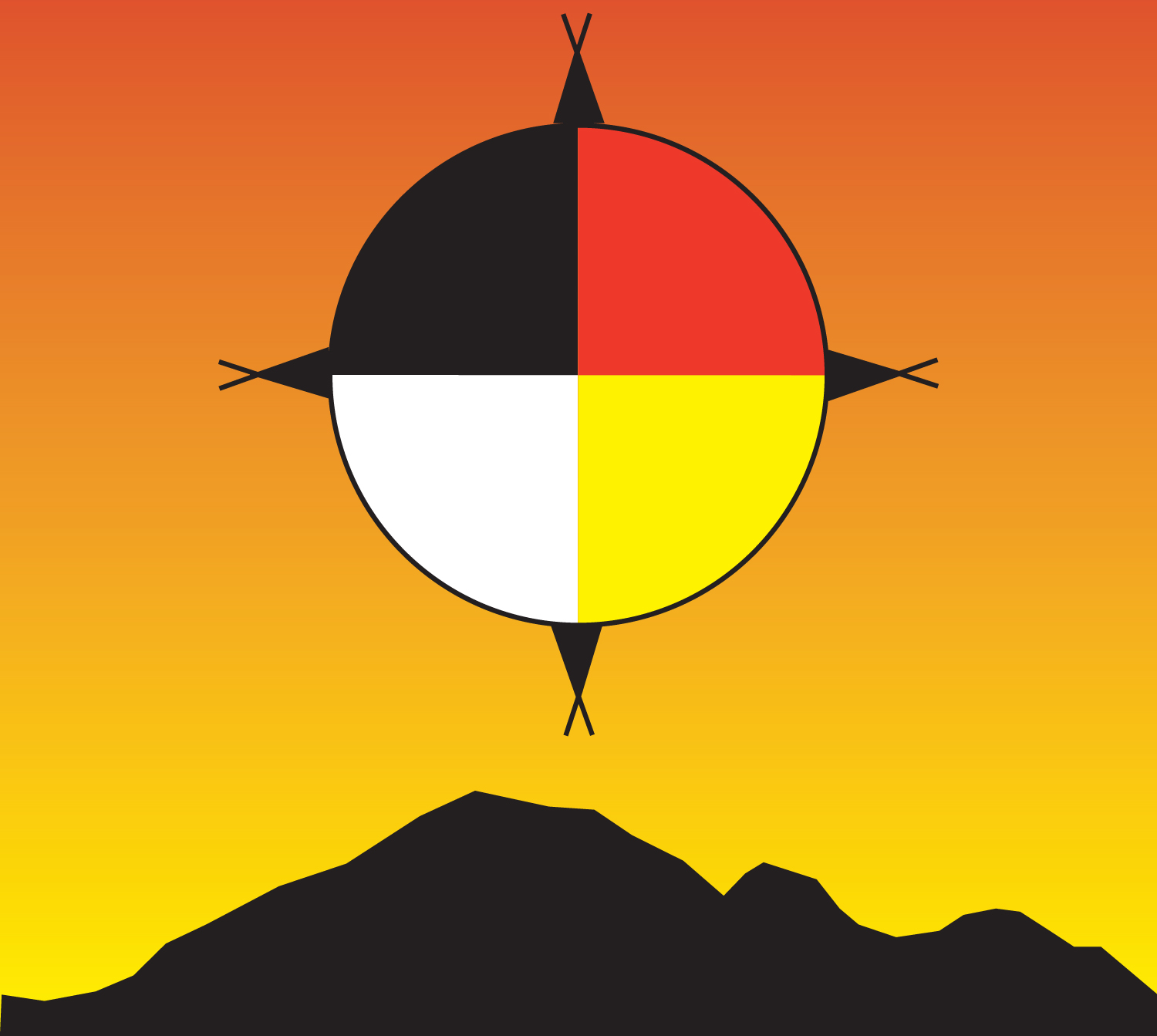Indianz.Com > News > Native Sun News Today: Long distance running on decline in Indian Country

Where have the Native distance runners gone?
HERMOSA — It has been 57 years since Billy Mills won his gold medal at 10,000 meters in Tokyo, and for two decades before he ran, and for over four decades after he ran, Native runners were the dominant force in South Dakota distance running. That is no longer the case.
It is not just that individual performance has waned, or that teams stopped being competitive, it is much worse than that. The cross country programs across Indian Country have flat-lined. Participation is on life support and it is hard to blame the kids, the coaches, the schools, given how deeply competitiveness has deteriorated. The causes for the decline are not easy to identify or understand.
Forty-one years ago Jeff Turning Heart of Cheyenne-Eagle Butte won the South Dakota Class A cross country championship, in a time three seconds faster than the State AA winner. He also won the 1600 and 3200 at the state track meet. While it is difficult to compare cross country times because the difference in the course and the weather can make for dramatic differences in performance, the overall times run by athletes in the Sixties and Seventies is not being routinely bested by the athletes of today, as it is in other sports. Turning Heart’s best times in the 3200 for example, where we can track performance, are on average about 15 seconds faster than the winners of the last two 3200 state meet titles.
To be fair, this decline is not restricted to Indian Country. Loren Kambestad was a three-time state cross country champion for Class B Bristol back in 1966-68. His son Marshall Kambestad was a state champion for Rapid City Stevens in 2004 and 2005. But Marshall admits he was never quite able to equal his dad’s best performances. South Dakota distance running is declining across the board. South Dakota Public Broadcasting has not updated their cross country records archive since 2009. It appears as if people no longer care.
NATIVE SUN NEWS TODAY
Support Native media!
Read the rest of the story on Native Sun News Today: Where have the Native distance runners gone?
Contact James Giago Davies at skindiesel@msn.com
Note: Copyright permission Native Sun News Today
Search
Filed Under
Tags
More Headlines
Native America Calling: How Native literature is changing the mainstream narrative
Native America Calling: No ordinary animal
Native America Calling: Safeguards on Artificial Intelligence
NAFOA: 5 Things You Need to Know this Week
Chuck Hoskin: Cherokee Nation takes the lead for our environment
Native America Calling: Earth Day assessment for Native peoples
Cronkite News: Gathering addresses ‘epidemic’ among Native people
VIDEO: Cody Desautel on tribes and federal forest management
AUDIO: Legislative Hearing on Discussion Draft of Forest Management Bill
Native America Calling: Remembering the 1974 Navajo border town murders
Native America Calling: Can the right approach close the Native immunization gap?
Cronkite News: Long COVID cases remain high in Arizona
Native America Calling: Eyes in the sky for development, public safety, and recreation
Native America Calling: Three new films offer diverse views of Native life
NAFOA: 5 Things You Need to Know this Week
More Headlines
Native America Calling: No ordinary animal
Native America Calling: Safeguards on Artificial Intelligence
NAFOA: 5 Things You Need to Know this Week
Chuck Hoskin: Cherokee Nation takes the lead for our environment
Native America Calling: Earth Day assessment for Native peoples
Cronkite News: Gathering addresses ‘epidemic’ among Native people
VIDEO: Cody Desautel on tribes and federal forest management
AUDIO: Legislative Hearing on Discussion Draft of Forest Management Bill
Native America Calling: Remembering the 1974 Navajo border town murders
Native America Calling: Can the right approach close the Native immunization gap?
Cronkite News: Long COVID cases remain high in Arizona
Native America Calling: Eyes in the sky for development, public safety, and recreation
Native America Calling: Three new films offer diverse views of Native life
NAFOA: 5 Things You Need to Know this Week
More Headlines
